The Neo series is Elgato's latest lineup of streaming gear, aimed at delivering simple solutions on a slimmer budget and with an environmentally friendly bend. Elgato has been behind several of our top picks for capture cards over the years, and I think the Neo might be the next in line
First thing to note about the Game Capture Neo is the device is made using recycled plastic, and packed in totally recyclable cardboard. The new Game Capture Neo is also white, which might be the first white capture card I've ever seen, to match the rest of the Neo range, such as the Facecam Neo, Key Light Neo, and Wave Neo.
Thanks to the eco-friendly initiative, all you'll find inside the Game Capture Neo's box is a fairly standard USB Type-C to USB Type-A cable, which is clearly marked as 5 GB/s, along with the Game Capture Neo itself. The cable plugs into the USB Type-C port nestled between the HDMI input and output ports on the back of the capture unit, with the Type-A plug heading to your streaming or recording PC. These are all recessed under a lip at the back of the unit which helps to keep things looking clean, while the unit's rubber feet keep it secure, even on a busy gaming desk.
Despite the Neo needing at least one to be any good, there aren't any HDMI cables to be seen in this package. Given I have an overflowing drawer full, this was a relief. I'd rather Elgato keep on that green initiative and save me the cost of another cable I sincerely don't need. To take full advantage of the 4K HDR passthrough you'll just want to make sure the cables you grab are capable of transmitting it, so having at least one of them be a 2.1 for passthrough is a great idea.
One of the proposed hallmarks of the Neo series is that these devices should work straight out of the box with no proprietary software, and this little capture card absolutely nails this. I made sure to kick all the Elgato software from my laptop before plugging it in and still had OBS pick it up immediately. This worked no matter what device I had the Game Capture Neo gathering footage from, as long as it could output to HDMI. This included a few different phones via a USB Type-C to HDMI cable. Adding passthrough was just as easy as plugging in another HDMI cable and didn't disrupt my session.
I have even left OBS recording while essentially hot swapping devices and had it work seamlessly with only a brief no signal message in between. The downtime was less than a standard scene transition, making it feel like an easy choice for integration into a variety streamer's lineup.
After these vanilla tests, I installed the Elgato 4K Capture Utility software. You can use this to dial in things colour settings and resolutions, which is handy to have, but the Neo was already doing a swell job of this on its own. The software will also let you record video, even retroactively if you've got flashback recording enabled. This works well with the Stream Deck too, especially as you can set different timings for those flashbacks making it as easy as a button press while you're still gaming.

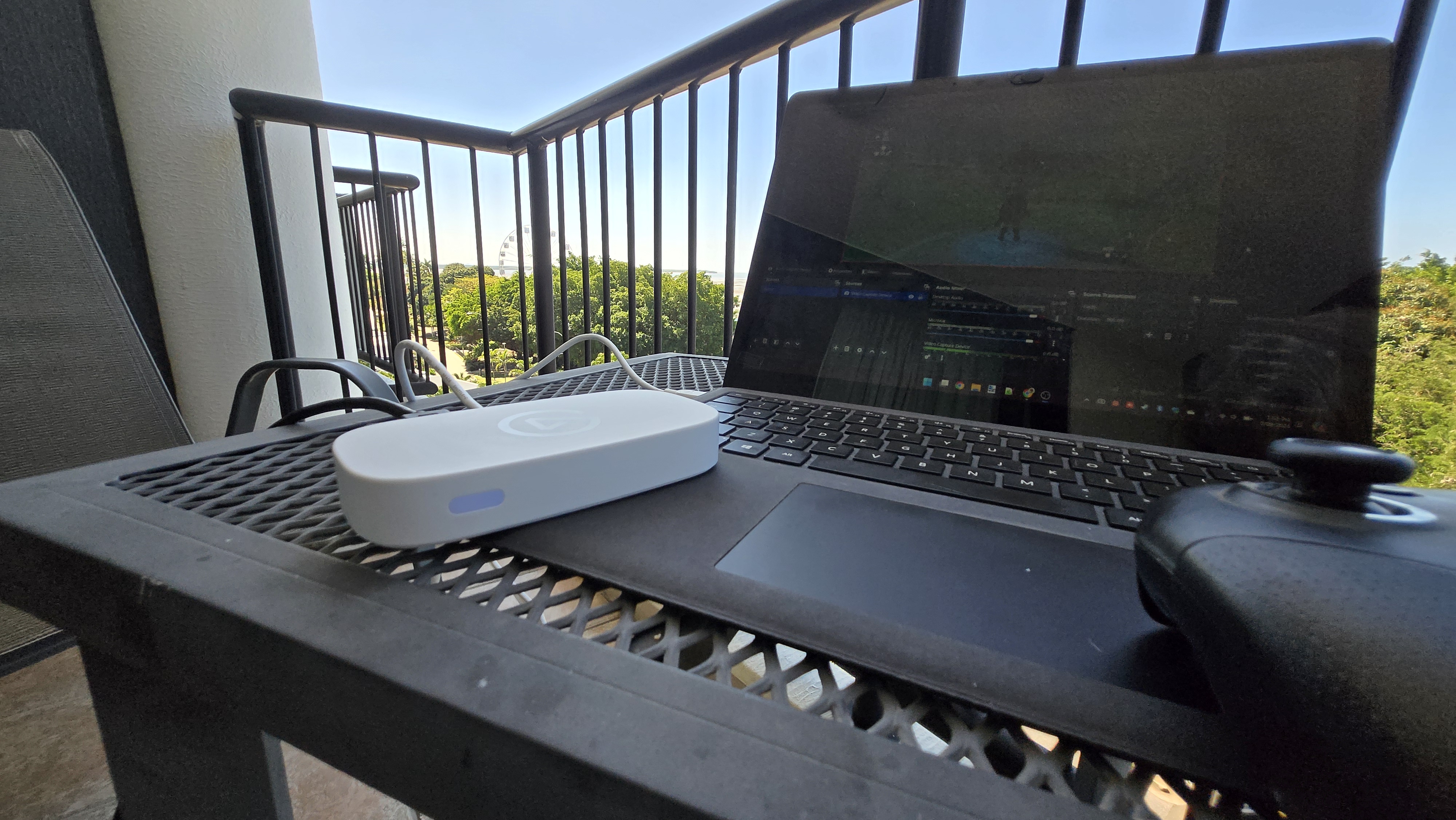

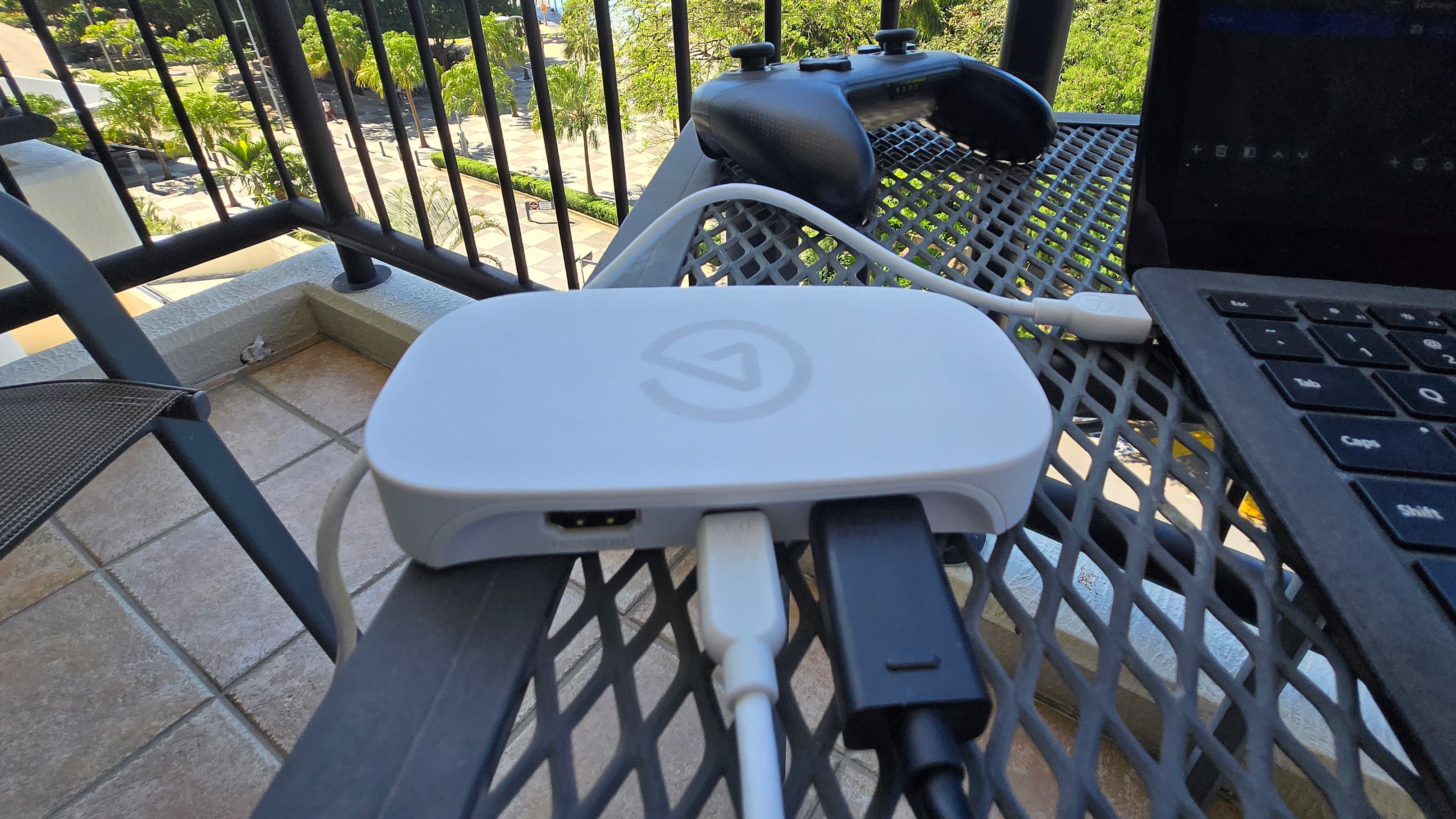

Recordings also look true to resolution and frame rate chosen, both in playback and filesize, and the sound quality is also quite good. I made a fair few long recordings to test how this went over time and the quality didn't drop once, even when my laptop was working at fairly full capacity. All the while, Elgato's Game Capture Neo sat there with its LED unblinking, getting the job done.
I could play some games straight in the capture window, be it OBS or Elgato's own, and for the most part get by quite well. There was some latency but not enough to notice as long as the game wasn't too twitchy or reaction based. I could quite happily explore Hyrule in Tears of the Kingdom without any trouble. My go-to game for testing speedy reactions is Hades on a higher heat, and here the latency was a much bigger issue. There was just no way I was ever making it to dad to give him the beatdown this way.
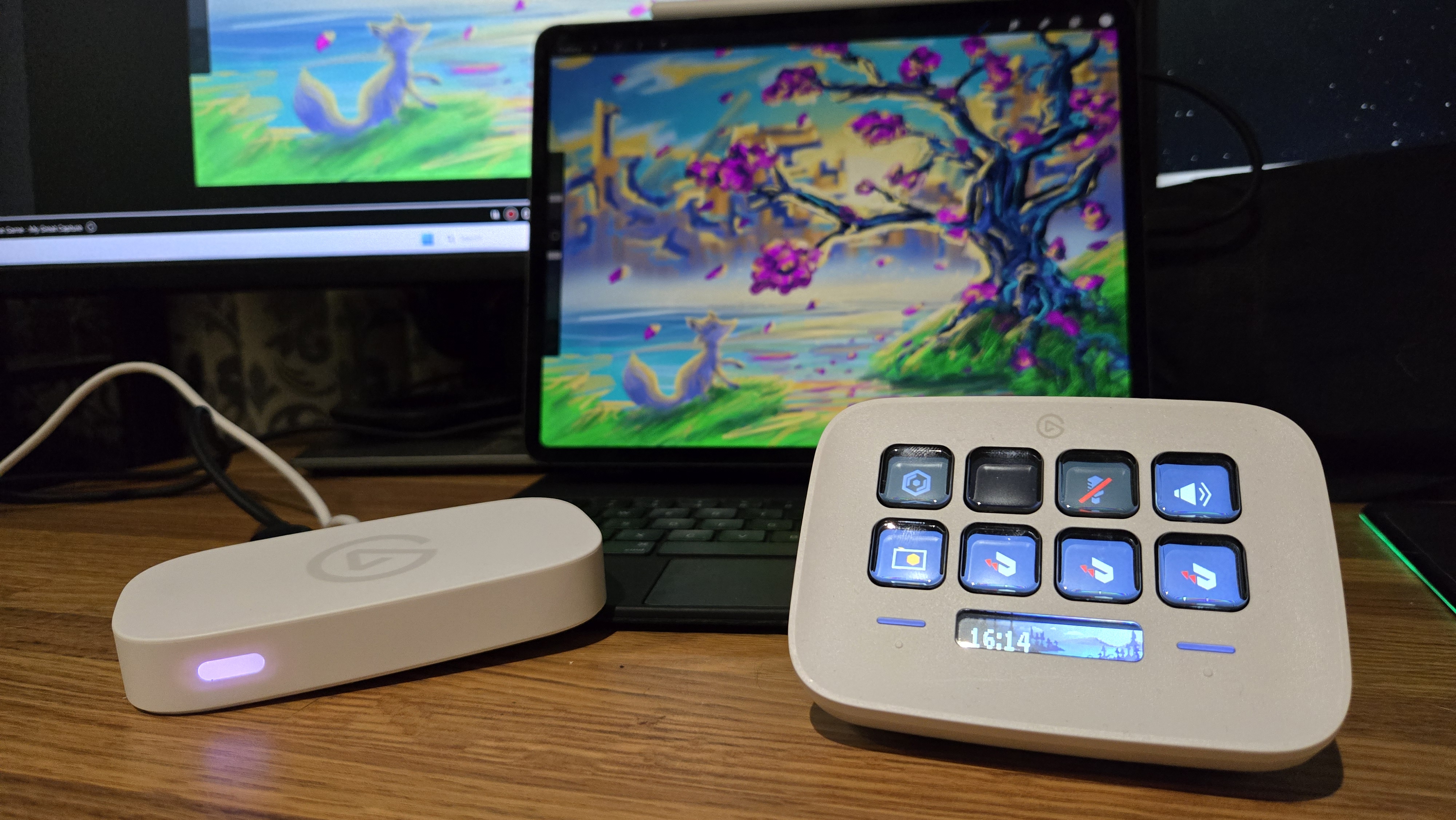
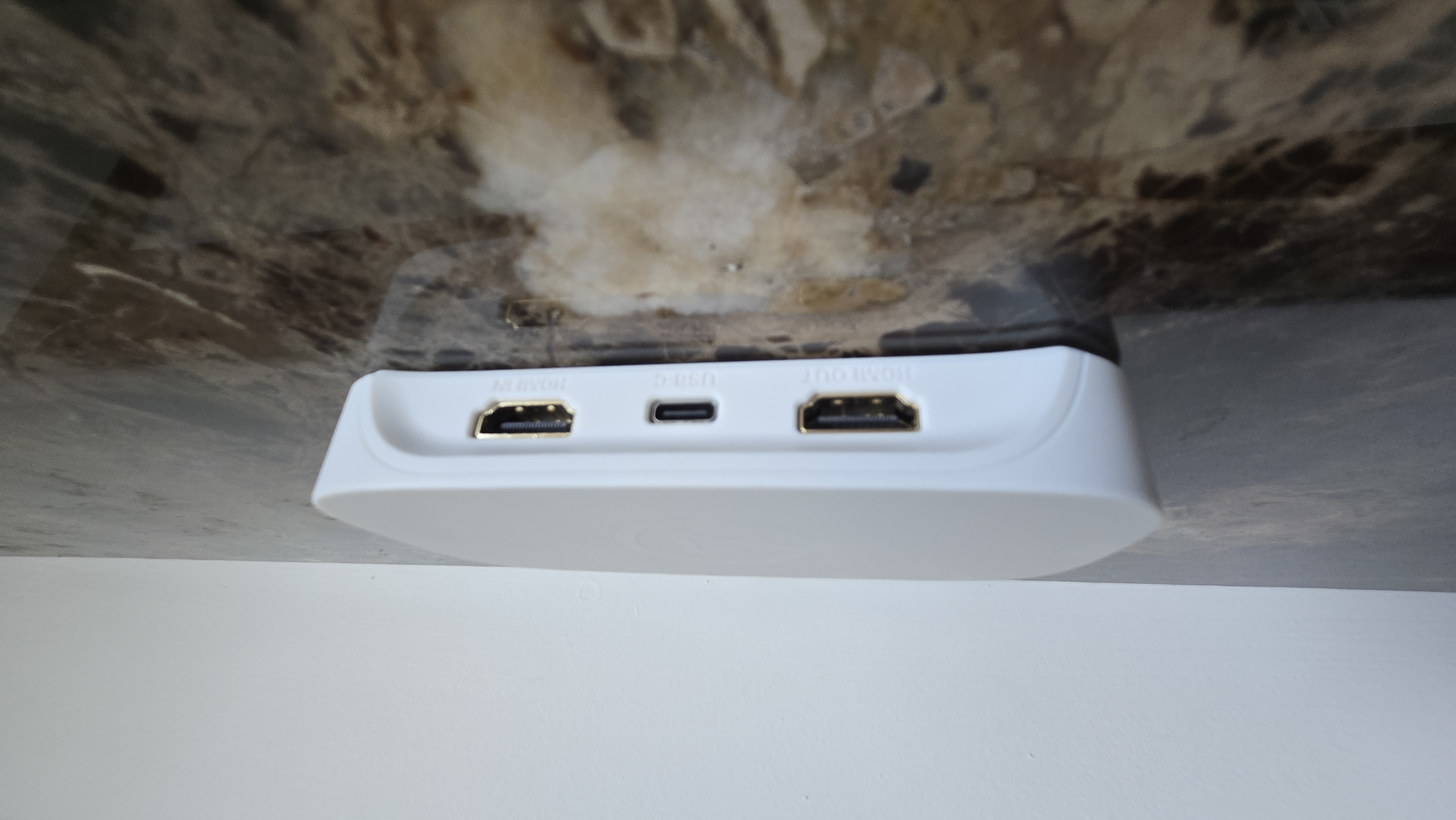
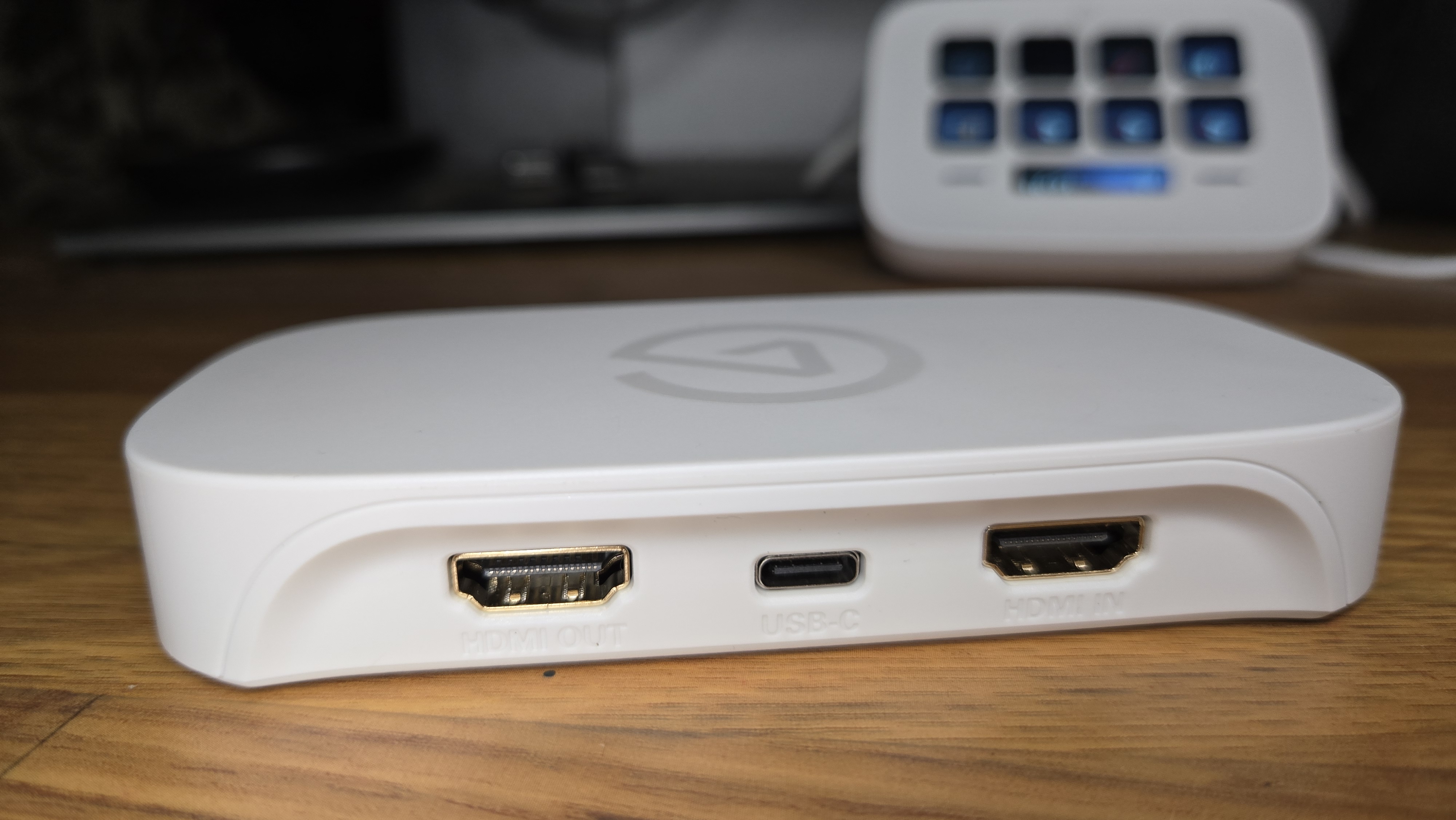
✅ You're a beginner streamer, but want something versatile and reliable: I have wept in frustration getting cards to work in the past, but it's clear the Neo would have been an amazing card to cut my teeth on. Having this card work is as simple as plugging it in.
✅ You're a variety streamer: This is a card you can hot swap devices in and out with almost no downtime to your stream. Even if you're going from phone, to iPad, to Switch, to PS5, all in one session, the Game Capture Neo will quite happily deliver with no qualms.
❌ You need higher frame rates: Folks looking to stream games that rely on their twitch based reflexes may notice that passthrough cap at 60 fps. If you need those extra frames to nail the shots you want in your content, then you'll need to look for something a little higher specs wise than this device.
❌ You want to make 4K HDR videos: Part of the compromise with the Neo's price point is that it's limited to 1080p 60 fps recordings. Anyone looking to make the crispest and smoothest of recordings (you can have both) are going to want to look elsewhere.
Thankfully the passthrough on this little white box is true to the promised 4K at 60 fps lag-free experience. Immediately I was back in the game, able to play with no perceivable latency as I made my way up through the levels of the underworld. It also does a good job of delivering those real blacks of HDR in passthrough for games and screens that support it. Missing out on HDR in recordings is pretty common but this way you can still enjoy it for yourself while you play. It means you didn't waste all that money on a fancy monitor afterall!
Elgato's Game Capture Neo isn't aiming to be the most powerful card on the market. Foregoing things like 120 fps passthrough, VRR, and recording or higher resolutions in the interest of saving on cost and performance. These are compromises, for sure, but they're really smart ones. Most people looking for streaming or recording content would gladly save the money and processing power, over paying for those higher specs. Not to mention the simple setup the Neo offers.
If you're a hardcore FPS streamer who needs those faster frame rates or a content creator wanting to make high resolution videos, this isn't the card for you. Anyone looking for an entry level option, or just a competent affordable card that's reliable and a breeze to get working in all sorts of situations, should definitely be paying attention, however.
The Game Capture Neo is the least expensive Elgato card on the market, and it's a breath of fresh air to see that it works so well and delivers wonderful results. It's clear Elgato has put its history of capture card success into this device, rather than just throwing some awful cheap option into the market. There's a huge Elgato logo on top of the unit which feels a bit gratuitous, but the more I use the card, I feel convinced it's acting as a stamp of approval.
The most affordable option from the kings of capture is still very much a good pick.







